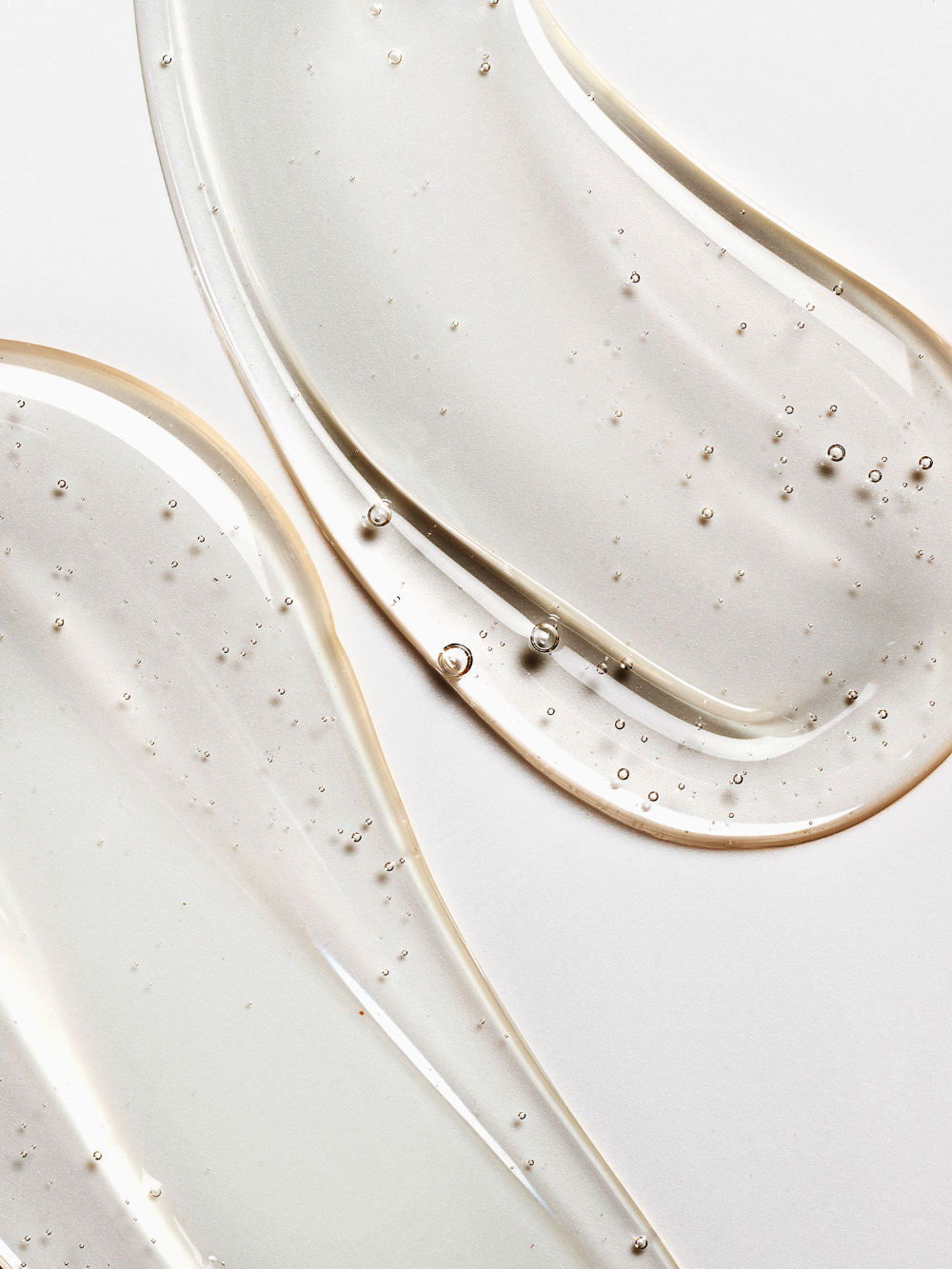Beauty...

By Michelle Rostamian
As summer’s scalding temps and steamy humidity slowly turn to cooler, drier air, the seasonal change has a larger impact on our skin than we might think. Between dry patches and flaky skin, our skin goes through a lot during this time of seasonal transitioning, and while your knee-jerk reaction may be to slather your skin with every serum and oil you own, skincare experts say there’s actually a difference between the two, and it’s important to know which one to use for your skin type.
To learn all about how the two most sought-after fall-worthy skincare products stack up against each other, we spoke to board-certified dermatologist Dr. Emmanuel Loucas as well as aesthetician and founder of VH Skincare, Vanessa Hernandez.
Serums are skincare products that deliver highly-concentrated skincare actives to the skin. Their potent formulas use ingredients that target specific skin concerns such as wrinkles, dullness, hyperpigmentation, redness, and texture. Hernandez notes that face serums are usually one of the first layers in an at-home skincare routine after cleansing and they offer a wide range of benefits depending on the concentrated active ingredient used.
Texture-wise, serums are lightweight, and tend to have a thinner, more liquidy consistency than face oils (which tend to be thicker).
Because serums penetrate into the skin quicker than face oil, Dr. Loucas says that you can easily layer your other skincare products on top.
Face oils are the yin to face serum’s yang. Hernandez explains that, unlike serums, face oils have a densely concentrated oil base with active ingredients, and are usually applied as the finishing step in your at-home skincare routine. “One of the main benefits of face oils is to lock in moisture and protect the skin barrier while simultaneously repairing the skin,” she says. “Depending on the oil, some can leave a dry, glowy finish, others can leave an oily, greasy finish.”
All skin types can benefit from a face serum. They can be found loaded with everything from acids to vitamins to peptides and extracts. Depending on your skin type and concern, Hernandez says to find a serum containing active ingredients that will help you achieve your skin goals. Here are the most common active ingredients you’ll find in a serum, plus what they’re best for, according to Hernandez.
Because face oils seal the skin with an outer layer of moisture, they’re best for those with dry skin. Dr. Loucas notes that they can also help relieve irritation and rashes that dry skin can sometimes experience, as well as be used as a makeup primer. In addition to locking in moisture, face oils can protect the skin barrier function (aka the outermost layer of skin that keeps the good things in and the bad things out).
This is especially important for those with dry skin, as they typically have a compromised skin barrier to begin with.
Face oils are super versatile—they can be used as part of your skincare routine after cleansing and before moisturizer, or they can be mixed with foundation to give your skin a more radiant, dewy finish. Hernandez says you can also use it as a finishing step to your makeup routine—just rub a few drops of face oil in between your fingertips and gently tap it onto your cheeks, the center of your eyelids, and on your lips for a naturally luminous look (no highlighter needed!). Since serums aren’t as thick in consistency, this technique is best done with face oils.